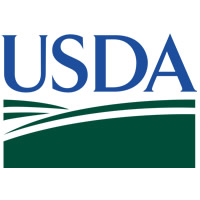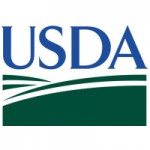The Interagency Food Safety Analytics Collaboration (IFSAC)—a collaboration between the Centers for Disease Control and Prevention (CDC), the FDA and the USDA Food Safety and Inspection Service (FSIS)—has published its upcoming priorities for calendar years 2024 – 2028.
IFSAC was established in 2011 to improve coordination of federal food safety analytics efforts and address cross-cutting priorities for food safety data collection, analysis and use. The collaborative’s focus is foodborne illness source attribution, with an emphasis on four priority pathogens: Campylobacter, E. coli O157, Listeria monocytogenes, and Salmonella.
In addition to its continued work generating and publishing annual estimates of foods contributing to foodborne illness, the following four priorities will guide IFSAC’s work for the next five years:
Priority 1. Improve foodborne illness source attribution estimates for Campylobacter by exploring additional data sources and alternative methods to better estimate the sources of foodborne illnesses caused by Campylobacter and harmonize estimates across different approaches and data sources.
Priority 2. Develop foodborne illness source attribution estimates for non-O157 Shiga toxin-producing Escherichia coli (STEC). IFSAC will be adding STEC to its list of priority pathogens and provide source attribution estimates in its annual Foodborne Illness Source Attribution reports.
Priority 3. Refine foodborne illness source attribution estimates using data from non-foodborne sources of pathogens. Although the priority pathogens included in IFSAC’s analyses are spread predominantly through foodborne transmission, these pathogens also spread through contact with water, human, animal, and environmental sources. To generate more accurate estimates for foodborne illness source attribution, IFSAC analysts will explore available data for non-foodborne sources of the priority pathogens and consider methods to incorporate this information in communications.
Priority 4. Finalize existing analyses and disseminate findings to multiple audiences. IFSAC plans to review the status of all projects, determine which are close to completion, and identify which should be finalized and by when. During the final stages of each project, IFSAC will implement appropriate communication vehicles for each project, such as peer-reviewed publications, public reports, webinars, conference presentations or updates to the IFSAC website to disseminate findings to the appropriate audiences.





